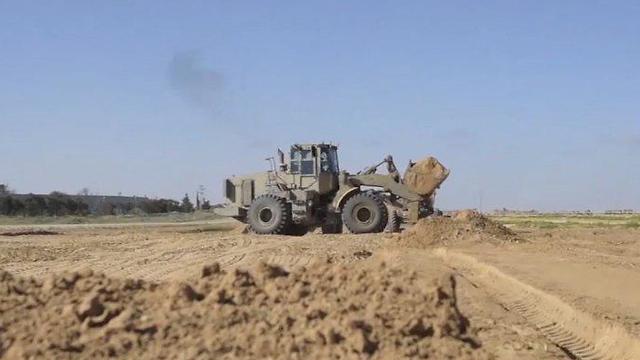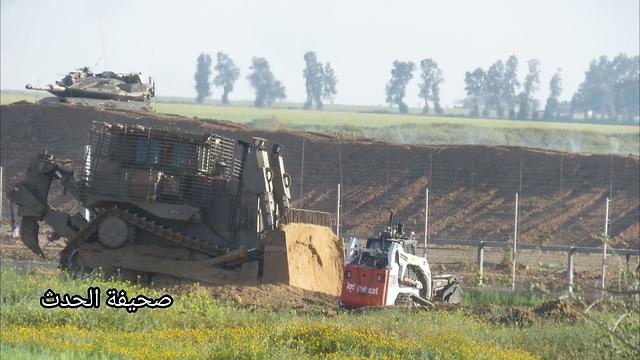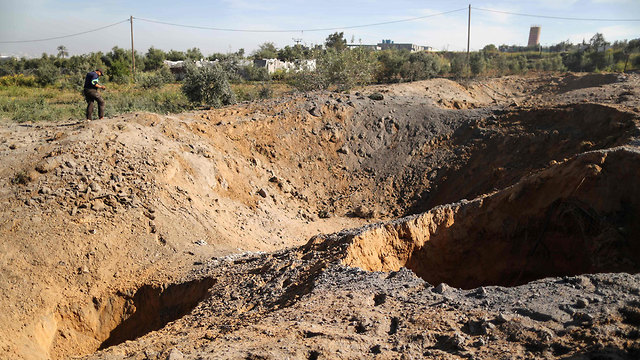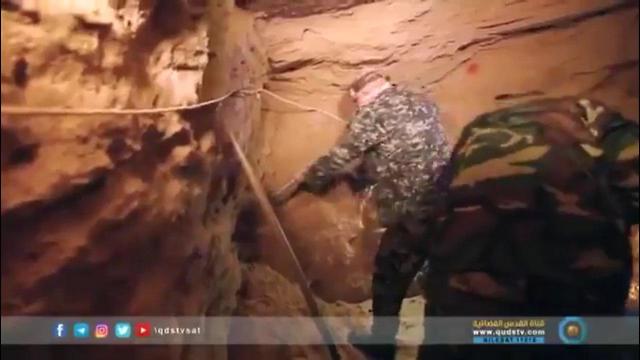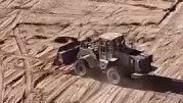

IDF vs. Hamas: A new type of war between wars
Analysis: The latest attack on two Hamas tunnels is another manifestation of the fundamental change in the Israeli army’s strategy against the Palestinian organization: Using every event and incident on the Gaza border to destroy Hamas’ most important military abilities, primarily the tunnels, thereby weakening its military wing without getting involved in a full-scale war.
Up until a few months ago, the IDF would settle for responding to rocket fire and explosive devices from the strip with the purpose of deterring, punishing and prompting Hamas to restrain the rebel organizations. Now, the IDF has adopted a new strategy aimed at using every event and incident on the Gaza border to destroy Hamas’ most important military abilities, primarily the tunnels.
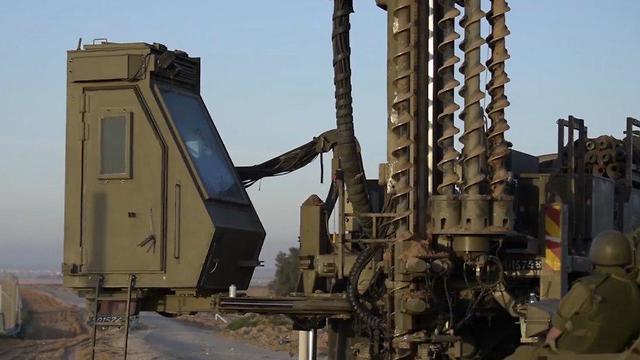
These are no longer acts of retaliation, punishment and deterrence, but real warfare against Hamas, which will make it easier for the IDF to manage the next round of fighting in the strip and protect the Israeli communities in the Gaza vicinity.
This is a new type of war between wars. Whereas the war between wars in the north is aimed at preventing the delivery of high-quality, precision-guided weapons to Hezbollah and the Iranian entrenchment in Syria, the new southern war between wars is aimed at thwarting Hamas and Islamic Jihad’s ability both to infiltrate Israel through underground tunnels and to fight IDF forces within the strip by transferring fighters, weapons and rockets through tunnels excavated in Gaza.
In IDF terms, all the attack tunnels and some of the combat tunnels Hamas is digging within the strip, in preparation for battle once an IDF force enters Gaza, are going to be neutralized in a bid to destroy the military power of Hamas, Islamic Jihad and other Palestinian organizations.
This is a dramatic change, no less, in the military rationale that has been guiding the IDF’s responses to rocket fire and explosive devices activated against the army from the strip, as well as the nature of the military action.
This has all been made possible thanks to the quick development and use of new technologies in two areas:
1. The discovery, detection and location of tunnels both in the area close to the Israel-Gaza border and deep within the strip.
2. The development of modern technologies for close and remote neutralization of tunnels, both from the air and from the ground.
These abilities are developing and include several types of technologies, making it possible to match the suitable technology to each and every incident in which Hamas uses the underground measure.
Furthermore, these technological abilities, whose nature has been kept strictly confidential, make it possible to destroy tunnels and target Hamas and Islamic Jihad’s most important military assets without killing Islamic Jihad or Hamas members, in light of the estimate that these organizations won’t lead to a major escalation if none of their members have been killed. They won’t sacrifice people and put Gaza’s residents at risk of another Israeli operation because of a tunnel that is no longer usable, but they might do so if organization activists are killed, especially senior commanders.
The IDF is trying, therefore, to target Hamas and Islamic Jihad’s military infrastructures without killing their members, and the two operations carried out Saturday night and Sunday morning are an example of that effort.
Hamas will no longer be able to use the attack tunnel it tried to rebuild after part of it was destroyed in Operation Protective Edge, and it likely won’t be able to use the combat tunnel in the Zeitoun neighborhood if an IDF force enters the strip. This doesn’t guarantee that there won’t be an escalation in the strip, but it definitely increases the IDF’s deterrence and reduces Hamas and Islamic Jihad’s motivation to resume full-scale fighting.
Most of the terror attacks from the strip, the activation of explosive devices and the rocket fire are carried out by rebel organizations. As far as the IDF is concerned, however, it makes no difference. The damage to Hamas’ underground assets achieves two goals:
1. It prompts Hamas to fight the rebel organizations more intensely and prevent them from firing rockets at Israel and planting explosive devices on the fence.
2. It gives the IDF a very legitimate reason to do what it would have liked to do in any event—in other words, to weaken Hamas and its military wing without getting involved in a full-scale war.














